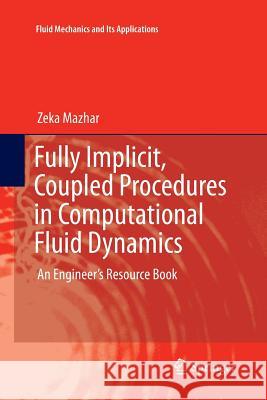Fully Implicit, Coupled Procedures in Computational Fluid Dynamics: An Engineer's Resource Book » książka
topmenu
Fully Implicit, Coupled Procedures in Computational Fluid Dynamics: An Engineer's Resource Book
ISBN-13: 9783319806808 / Angielski / Miękka / 2018 / 173 str.
Fully Implicit, Coupled Procedures in Computational Fluid Dynamics: An Engineer's Resource Book
ISBN-13: 9783319806808 / Angielski / Miękka / 2018 / 173 str.
cena 574,29 zł
(netto: 546,94 VAT: 5%)
Najniższa cena z 30 dni: 574,29 zł
(netto: 546,94 VAT: 5%)
Najniższa cena z 30 dni: 574,29 zł
Termin realizacji zamówienia:
ok. 16-18 dni roboczych.
ok. 16-18 dni roboczych.
Darmowa dostawa!
Kategorie:
Kategorie BISAC:
Wydawca:
Springer
Seria wydawnicza:
Język:
Angielski
ISBN-13:
9783319806808
Rok wydania:
2018
Wydanie:
Softcover Repri
Ilość stron:
173
Waga:
0.27 kg
Wymiary:
23.39 x 15.6 x 1.04
Oprawa:
Miękka
Wolumenów:
01











